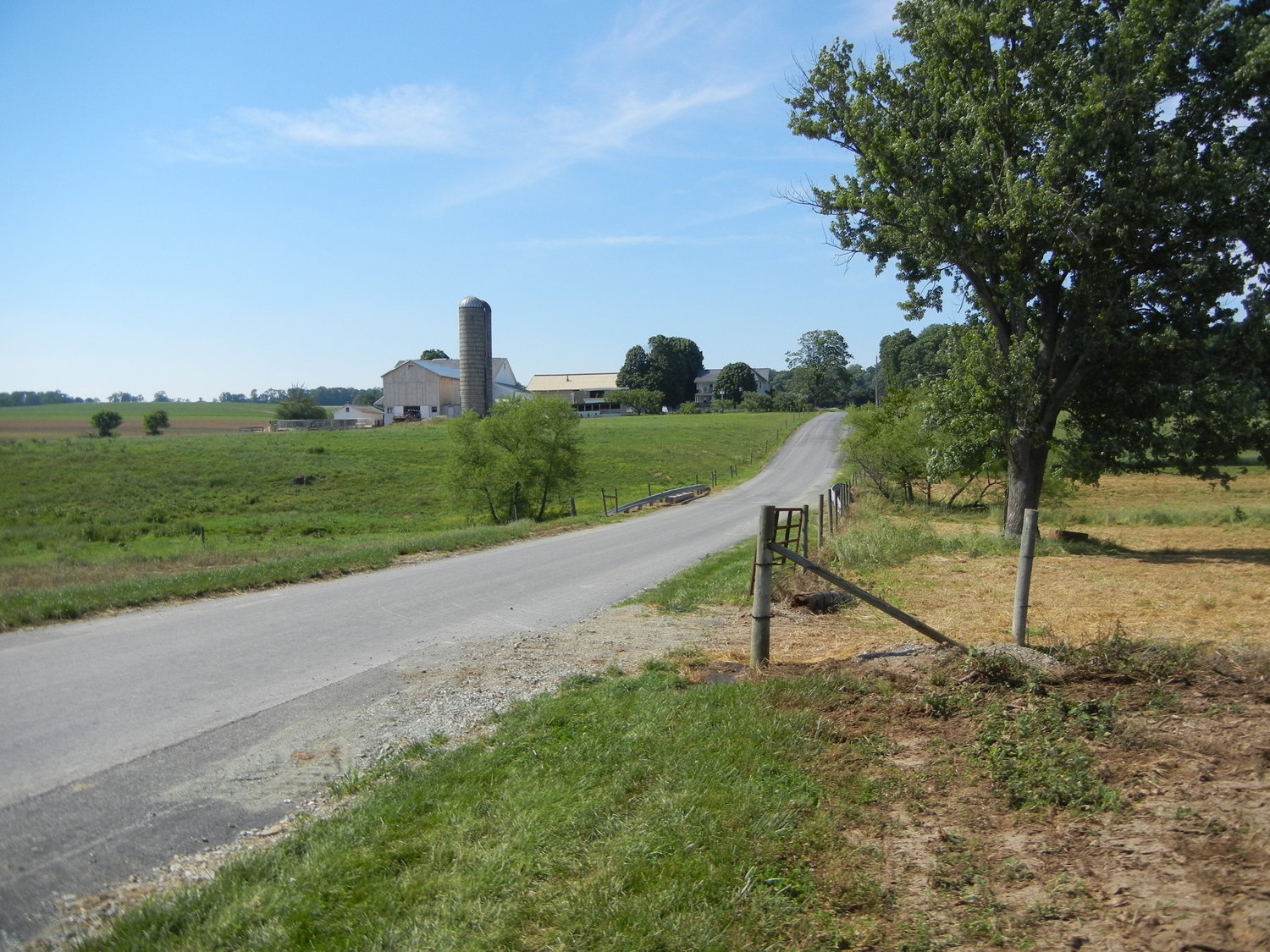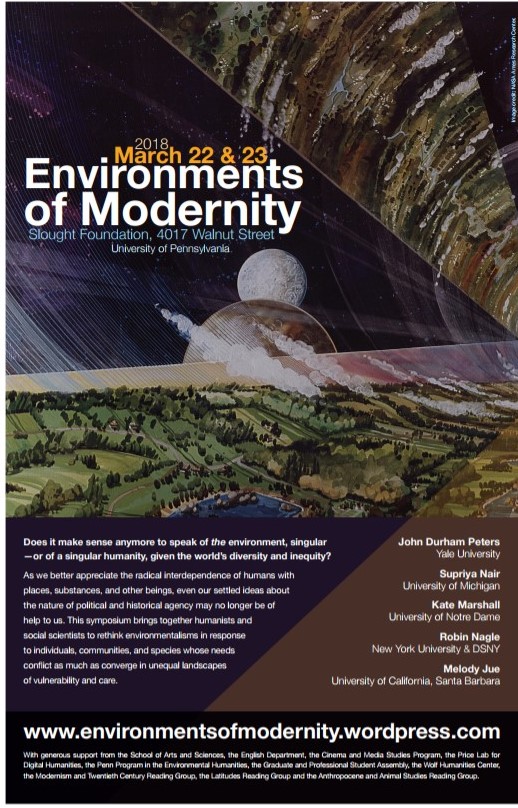Exploring the Environments of Modernity: An Introduction
May 18, 2018
How would you define your environment? Maybe when you hear the word, you think about green spaces. Perhaps you think about the places you pass when you walk, drive, or take transit to your home, work, or school. Do you see other humans when you distill your sense of “environment”? Or, do non-human plants and animals make up the essential parts of your environmental picture?
What makes up our twenty-first century environment? Are our environments now the same as in the past? The environmental challenges we face today are unique; so unique that we’ve come up with new words to describe how we, as humans, have affected our environment. Does the proliferation of plastics define a “modern” environment? Is our energy use “modern”? How we approach colonial pasts and seek social justice may also define our twenty-first century moments.

Reflecting on the above questions and statements, what “environment” has meant and can mean for us and others is not singular. We can’t squeeze all the concerns and experiences into one “environment,” no matter how hard we try and swing it. When I close my eyes and think “environment,” I am torn between calling it the rolling hills I fly past during my train commutes between Lancaster and Philadelphia, and the smells of the barns I visit for my ethnographic fieldwork. My environmental world picture is also informed by the temperate climate of Pennsylvania where I grew up. It includes maple trees, hilly landscapes, and white-tailed deer. This is a partial picture, at best, but a familiar problem for researchers tackling the term or studying within fields that use it in their titles (i.e., environmental studies, environmental history, environmental humanities).
Earlier this year, a group of scholars came together to explore the multiple dimensions of the “environment” concept for the Environments of Modernity symposium. The symposium featured five speakers from across the country, as well as Penn faculty and Penn graduate students across different disciplines. Over two days in March 2018, a discussion ensued about the various environments that make up our modern era (or, modern eras) and how they’ve been expressed through history, art, literature, and film.

Over this summer, the PPEH Fellows blog will feature the voices of some of the organizers and participants of this event, continuing conversations from Environments of Modernity and asking new questions after its close. The series responds not only to the event, but discussions that led up to it during the 2017 – 2018 Anthropocene Reading Group. Upcoming posts will explore the environments of modernity by reflecting on (and in some cases making) art, literature, film, research methods, teaching pedagogy, and reading lists related to these unruly conceptual arenas.
